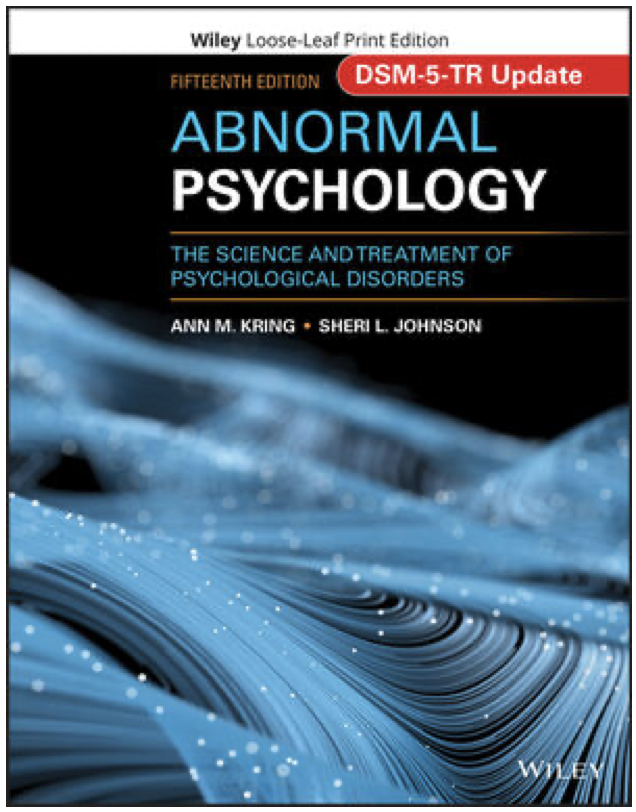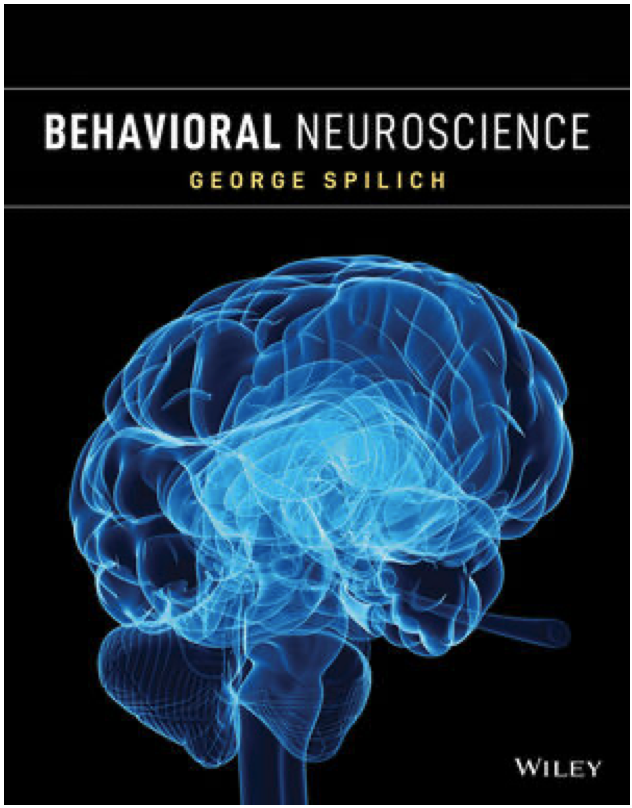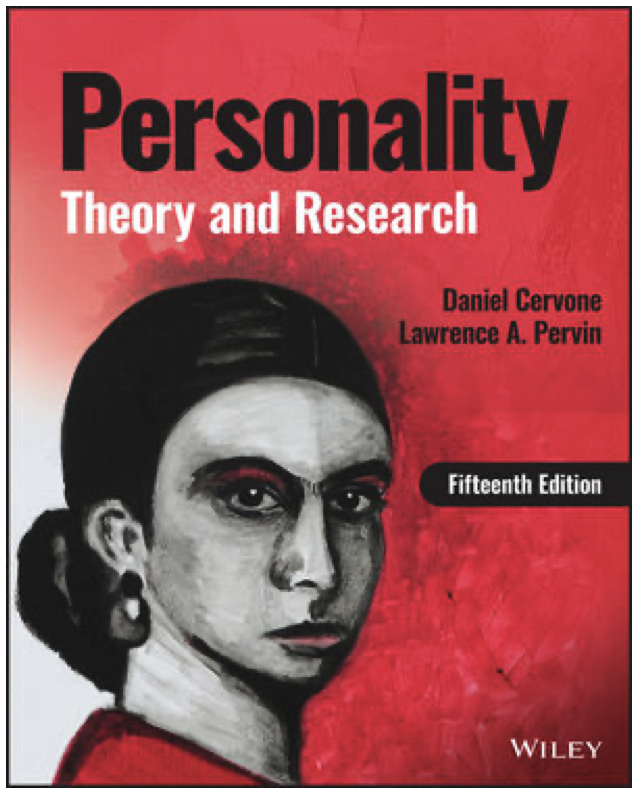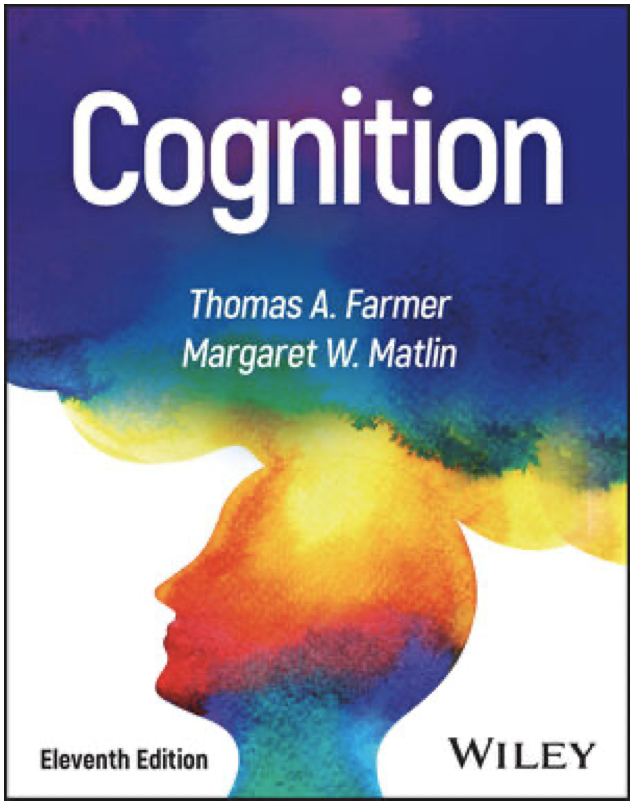TITLE
The Case Of Larry Hogue
DESCRIPTION
NOTE: This article can be used as a case study to integrate the chapters on Psychological Disorders and Forensic science.
Though this is a well known case in the New York area, others may not know how one man, Larry Hogue, terrorized a neighborhood for years. It is a tragic case in that Mr. Hogue, a veteran, became drug addicted and most likely suffered from PTSD in addition to psychosis. In and out of hospitals yet refusing treatment and, more than just an annoyance, terrorized and threatened the people in the area. Questions arise from the case regarding veterans, PTSD, drug abuse, civil commitment, and forensic (law and psychology) issues. “The case of Larry Hogue, the “wild man” of Manhattan’s Upper West Side, seems at first glance to raise a profound conflict between civil liberties and public safety.” The third reference from City Journal details another similar case.
The case works really well for class discussion and an extra credit writing assignment as well.
SOURCE
a – New York Times, The ‘Wild Man’ and the Law, Published: August 29, 1992
http://www.nytimes.com/1992/08/29/opinion/the-wild-man-and-the-law.html
b – Heather Mac Donald
Have We Crossed the Line?
The Human Cost of Deinstitutionalization
Winter 1993
http://www.city-journal.org/story.php?id=1148
c – ‘Wild Man’ of SoHo Haunts the Neighborhood’s Streets, Locals Say
City Journal, A quarterly magazine of urban affairs, published by the Manhattan Institute, By Andrea Swalec | June 6, 2013 7:33pm
http://www.dnainfo.com/new-york/20130606/soho/wild-man-of-soho-haunts-neighborhood-streets
CLASS DISCUSSION QUESTIONS
•What is civil commitment?
•What is deinstitutionalization?
•In terms of the “mentally ill,” what is the conflict between public safety issues and civil liberties?
Could anything be done in advance to stop him from taking action given the warning signs?
•How would that diagnosis be viewed today according legal and psychological standards?
•In terms of forensics (Law and Psychology): What do the terms “sane” and “insane” mean?
•Have the students discuss the use of the “case study” as a method in Psychology.






